Most plants prefer to grow in neutral or slightly acidic soils; however, some soils are naturally alkaline, or they may develop high pH levels due to environmental factors or the use of certain soil additives. If you’re struggling with soil pH and you’d like to lower your pH levels or grow acid-loving plants, there are some easy tricks to help.

In this guide, we’ll introduce you to some of the best ways to lower your soil pH naturally and maintain a healthy garden soil that’s ideal for growing vegetables, herbs, and flowers.
Jump to:
3 ways to make the soil more acidic
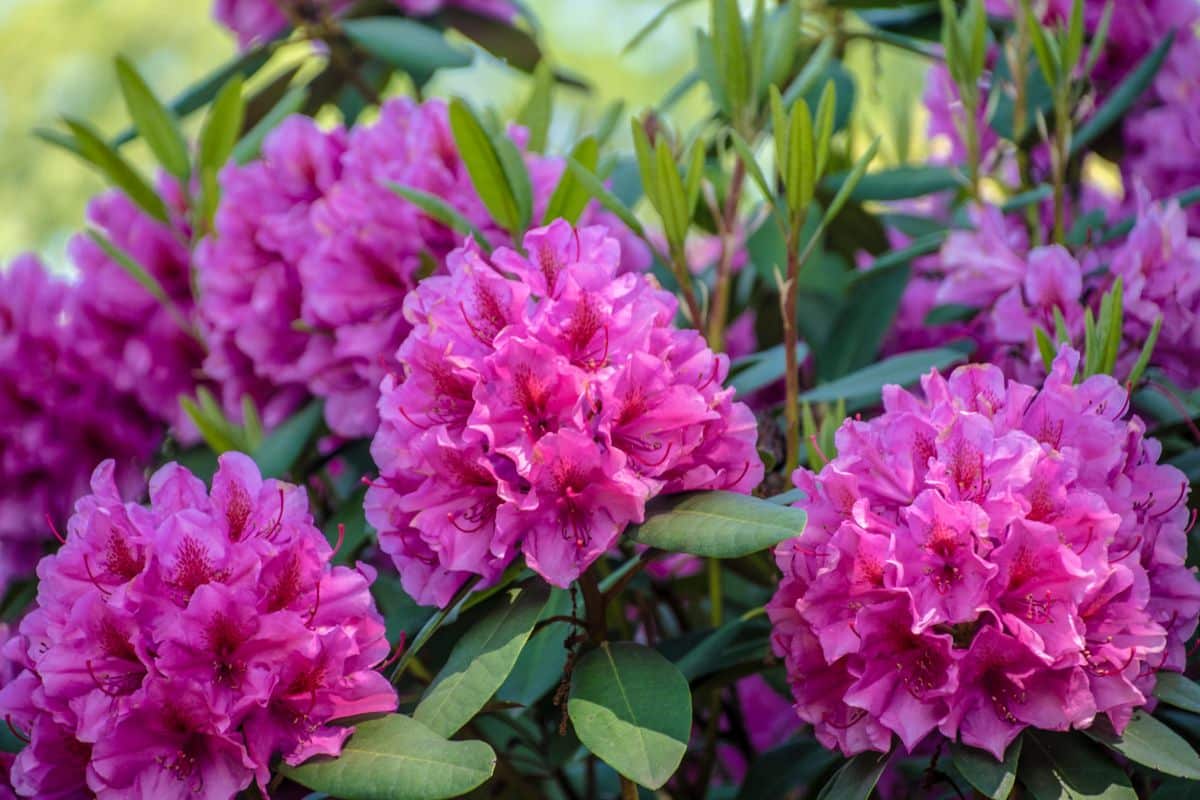
Some plants, like blueberries, potatoes, and azaleas, prefer acidic soils. You may also want to lower your soil’s pH if soil tests have found that your soil is very alkaline.
By definition, neutral soil has a pH of between 6.6 and 7.3, while acidic soils have a lower pH, and alkaline soils have a higher pH.
Improperly balanced soil pH can inhibit a plant’s ability to absorb nutrients correctly. Additionally, plants like potatoes may be more susceptible to diseases if they’re grown in overly alkaline earth. To avoid this, you may need to adjust your garden soil with one of the natural additives below.
1. Compost
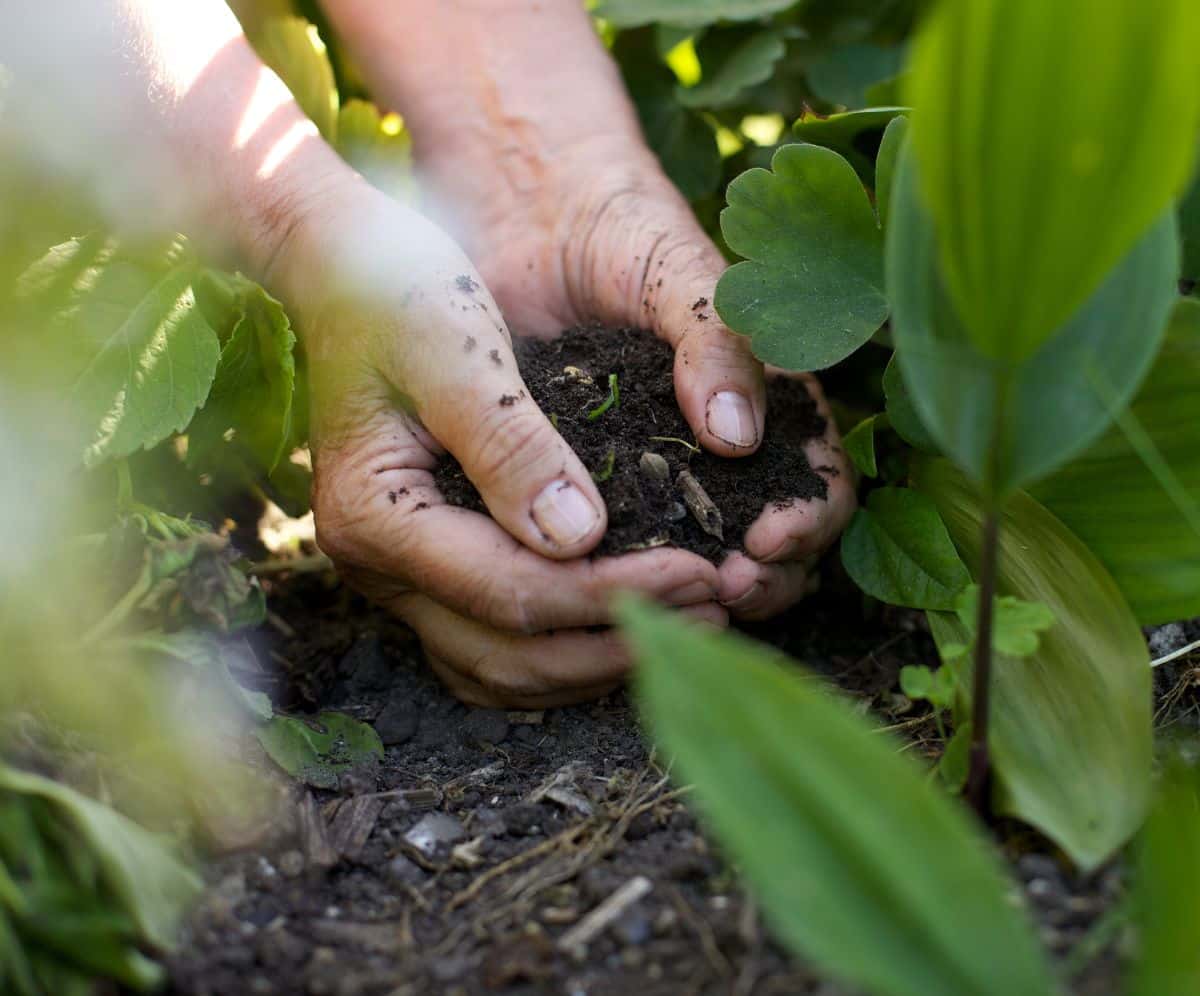
Compost is one of the most useful garden amendments. It can add nutrients to the soil that plants need to grow, and it can improve the soil’s structure, drainage potential, and water retention abilities too. And, of course, compost can be used to correct pH imbalances!
Compost and aged manure naturally have a relatively neutral pH, and adding these products to your garden can balance out your pH levels. Compost works more slowly than some other soil amendments, but it creates a long-lasting effect that can improve your garden’s health for many years to come.
One of the many benefits of compost is that it’s easy to come by and can be produced very inexpensively right in your backyard. You can also create quality compost indoors with vermicomposting or Bokashi composting systems. That said, if you don’t want to bother with composting, you can also buy premade compost from landscape companies, garden centers, or online.
To apply, add a 2” deep layer of compost over your garden beds and then mix it into the top 6” of your soil. If you want to get the most out of your compost, it can be helpful to add compost annually, which will replenish soil nutrients and help to maintain a more neutral soil pH.
2. Elemental sulfur
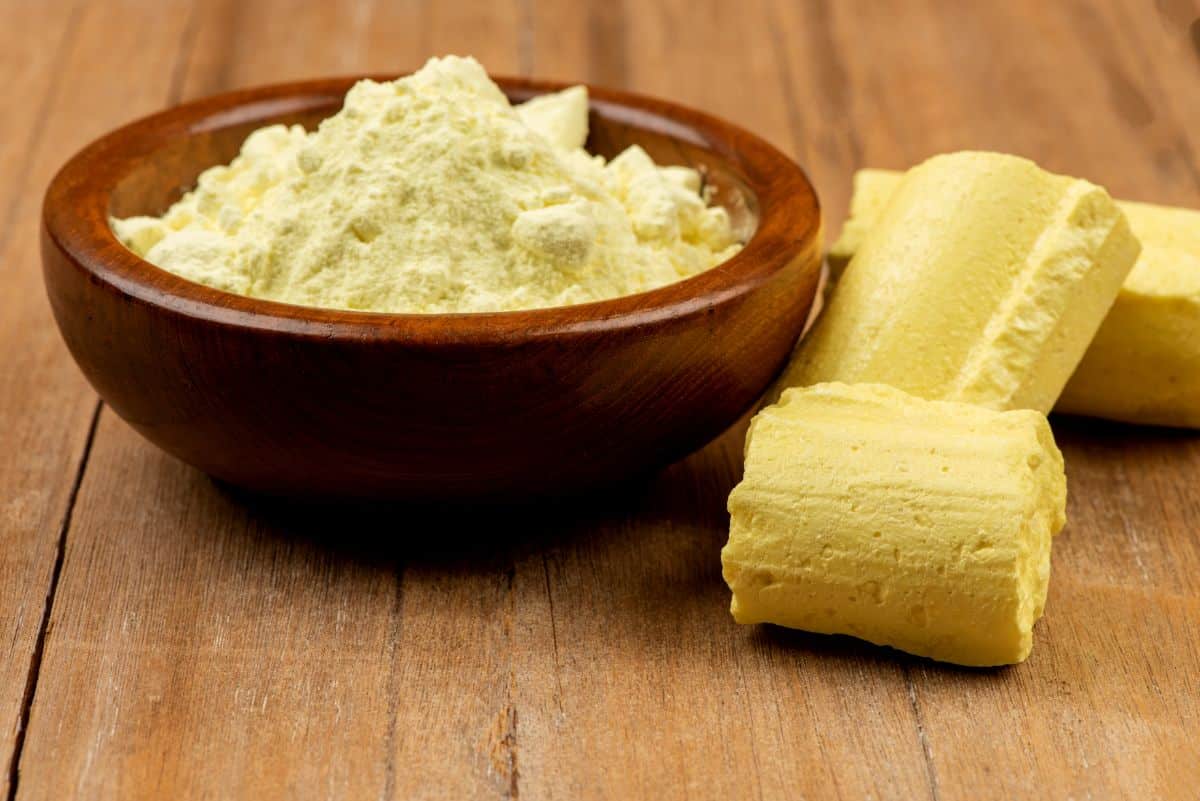
Elemental sulfur is another popular choice for amending your soil’s pH, and it is approved for use in organic gardens. You can purchase elemental sulfur alone, or you can opt for popular soil acidifiers, such as the one produced by Espoma. This product contains mostly sulfur and is perfect for use around blueberries and other acid-loving plants.
Sulfur lowers pH levels, and it can improve the rate at which plants absorb nutrients too. Sulfur also can boost plants’ disease resistance, and it may even repel spider mites and ticks.
How much sulfur you’ll need to add to your garden will depend upon your garden’s size, the soil structure, and the pH levels in your beds. In sandy gardens, you’ll need about 4 ounces of sulfur to lower the soil’s pH by 1.0 for every one square yard of gardening space. However, for denser, loamy soils, you’ll need about 6 ounces of sulfur for every square yard.
Tip: If you have silver jewelry, remove it before working with sulfur. Sulfur will tarnish your silver, although the tarnishing can be polished away with a bit of elbow grease. Sulfur is also notoriously smelly, so don’t wear your best gardening clothes when applying this product.
3. Sphagnum peat moss
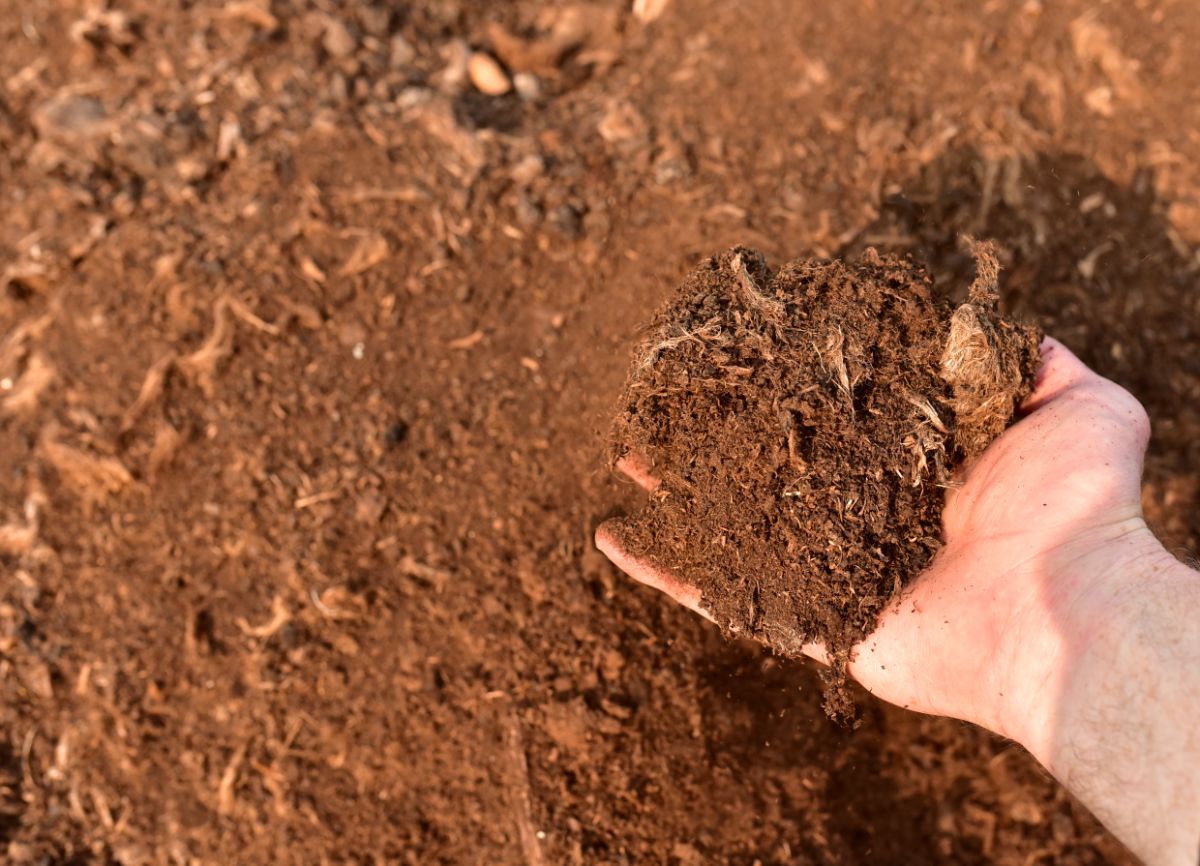
Sphagnum peat moss was once very popular for amending soil pH, but it is falling out of use in recent years due to the fact that it is not renewable. Additionally, since harvesting peat moss can also contribute to global warming, we recommend you look for more sustainable products to lower your soil pH. But if you can’t find anything else, sphagnum peat moss will do.
Peat moss works best in container gardens since you won’t need to use it as much. It can be particularly useful when sowing potatoes in grow bags, as you’ll just need to use a small quantity of peat moss to get pH levels where you need them.
To use peat moss as a soil amendment spread about 2 to 3” of peat moss across your soil line and mix it into the top 6” of soil. Peat moss is a slow-acting additive, and it may take some time to break down, but it will also help sustain lower pH levels longer than some other products.
Note: Coconut coir is frequently used as a more sustainable alternative to peat moss. However, while coconut coir is excellent for water retention and other purposes, it has a slightly alkaline pH and is not helpful for lowering pH levels in your garden.
Myths about soil pH
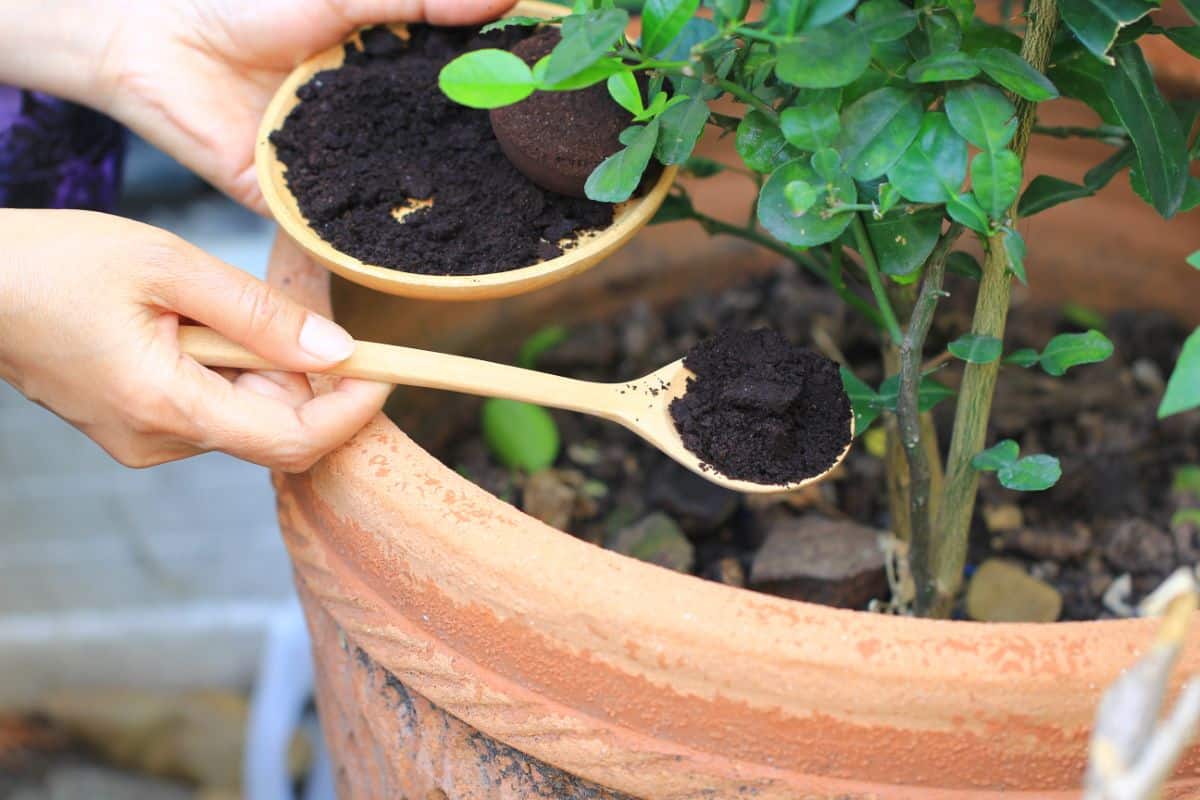
According to gardening lore, there are other ways to lower your soil’s pH, but there’s not much science to support these claims.
Pine needles, for instance, are sometimes recommended to create a more acidic environment, but this doesn’t work. While pine needles themselves are acidic, they become more neutral as they decompose, and they won’t change soil pH levels in any significant way after the initial release of acid from the fresh needles. There are still many good ways to use pine needles in the garden, though.
Coffee grounds are also often touted as a way to create a more acidic soil, but only fresh coffee grounds are acidic. Used coffee grounds are mostly neutral as the acid is washed away into your cup of coffee. So, unless you want to scatter fresh coffee around your garden (which would be pricey!), we don’t recommend this method.
Maintaining your soil’s pH levels

Once you’ve added your amendment of choice to your garden beds, water your garden well to help activate your soil amendment. Then give your garden a bit of time to adjust, as it can take a few months for pH levels to drop. This is especially true when working with peat moss, although sulfur will work more quickly.
After a month or two, test your garden soil and assess how well your treatment is going. You may need to add a bit more product to adjust your soil’s pH, but that will depend on the amendment that you’re working with.
To maintain a healthy garden, it’s also a good idea to get into the habit of testing your soil once every three years or less. This will ensure that you stay on top of any changes in your soil, and you can address imbalances before they cause issues with your plants.
Additionally, it can be helpful to add an annual amendment of compost to your garden. Not only will this create a neutral soil that has ideal pH levels for most plants, but it will also replenish soil nutrient levels to keep your plants growing strong.
Frequently asked questions
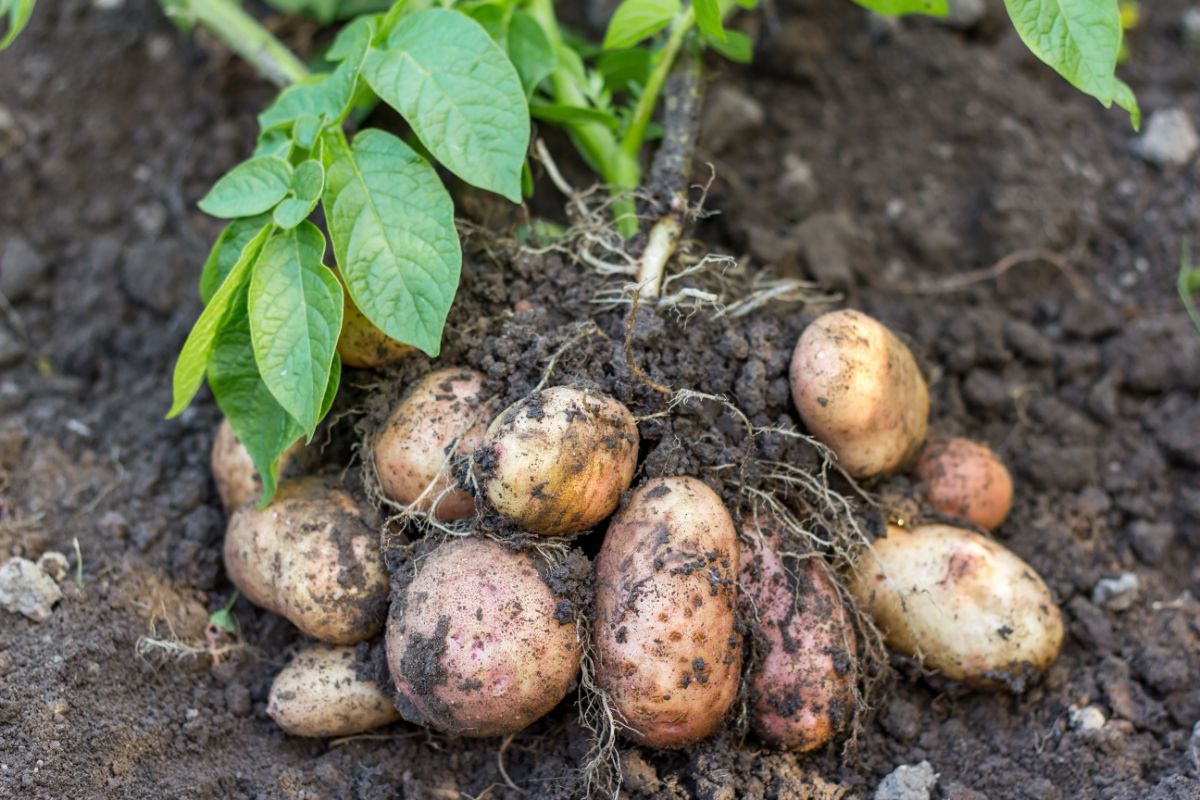
Hydrangeas react to soil pH levels, and their flowers will change color depending on the soil’s pH. Alkaline soils produce pink blooms, while acidic soils with a pH of below 7.0 will result in gorgeous blue flowers.
Potatoes grow best when sown in soil with a slightly acidic pH of between 6.0 and 6.5. In this environment, potatoes will produce a larger crop of tubers, and they will also be better able to resist common diseases like potato scabs.
Blueberries are acid-loving plants that prefer soils with a pH of between 4.5 and 5.5. Testing your soil with a pH probe or soil test kit is the best way to determine if your soil pH levels will support blueberry plants.
Azaleas are another acid-loving plant that prefers lower soil pH levels. For optimal growth, plant your azaleas in soil with a pH of between 4.5 and 6.0.
Certain fertilizers and soil amendments, as well as environmental conditions like acid rain, can produce acidic soils. Soils can also just be naturally acidic, so it’s important to test your soil before planting your garden to determine if any amendments are needed.
PH levels that are either too high or too low will make it difficult for plants to absorb nutrients correctly. This can produce plants that are nutrient deficient, and they may exhibit symptoms like leaf yellowing, visible leaf veining, and stunted growth.
Summary
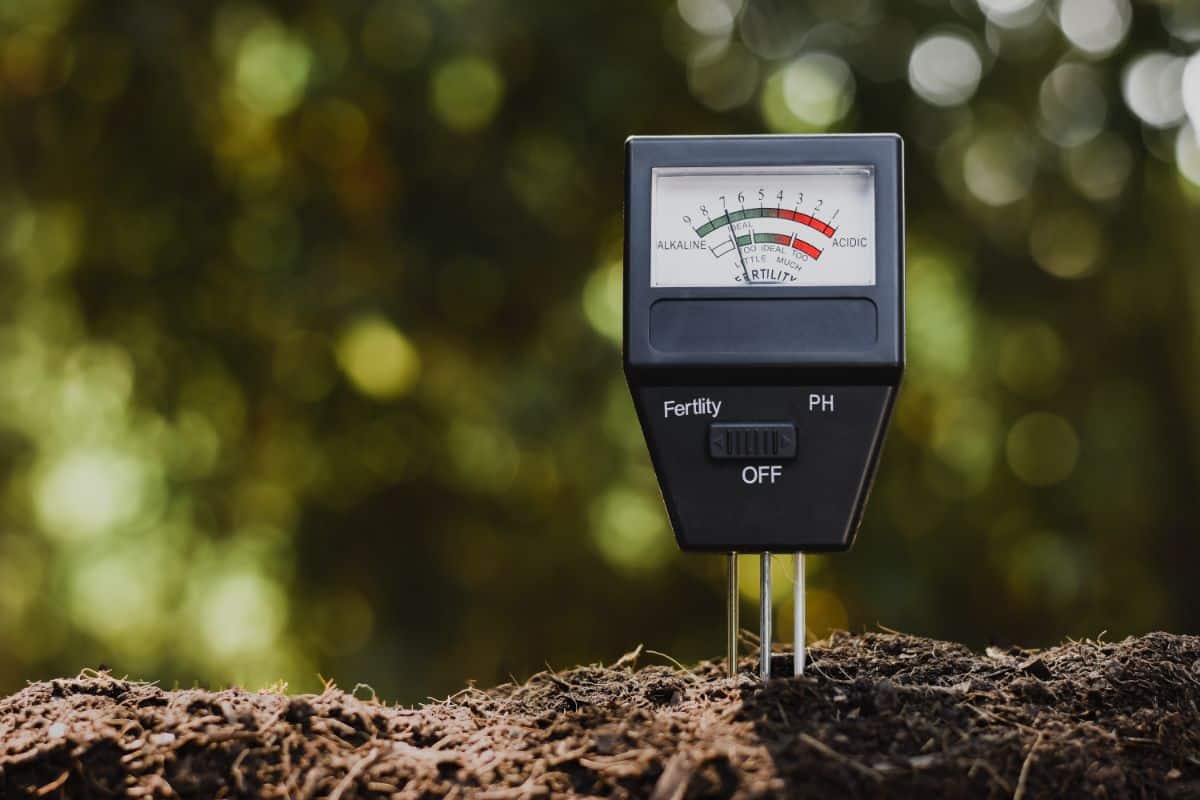
If you want to grow potatoes, azaleas, blueberries, and other acid-loving plants, you’ll probably need to lower pH levels in your garden beds to boost the growth of these plants. Even if you’re just growing standard fruit, veggies, and ornamentals, you may still need to adjust pH levels in your soil for improved plant growth and to help plants naturally protect themselves against diseases.
How you choose to amend your soil’s pH is up to you, but the products we’ve covered today should help you easily balance your soil. After that, regular soil testing and amending your garden with compost will preserve your soil’s health and create the best environment for plants to grow in.
Since compost can be one of the most effective ways to lower soil pH levels, you may want to check out our guide to home composting too!

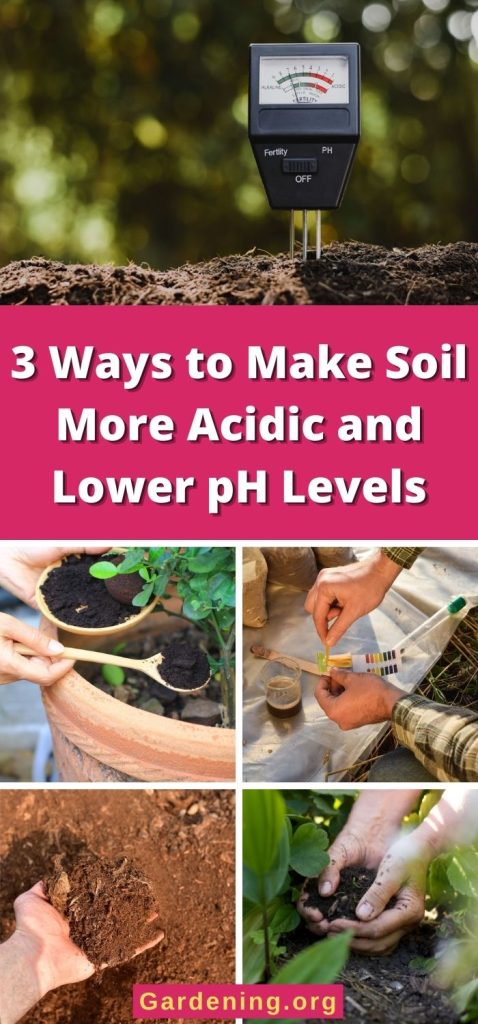
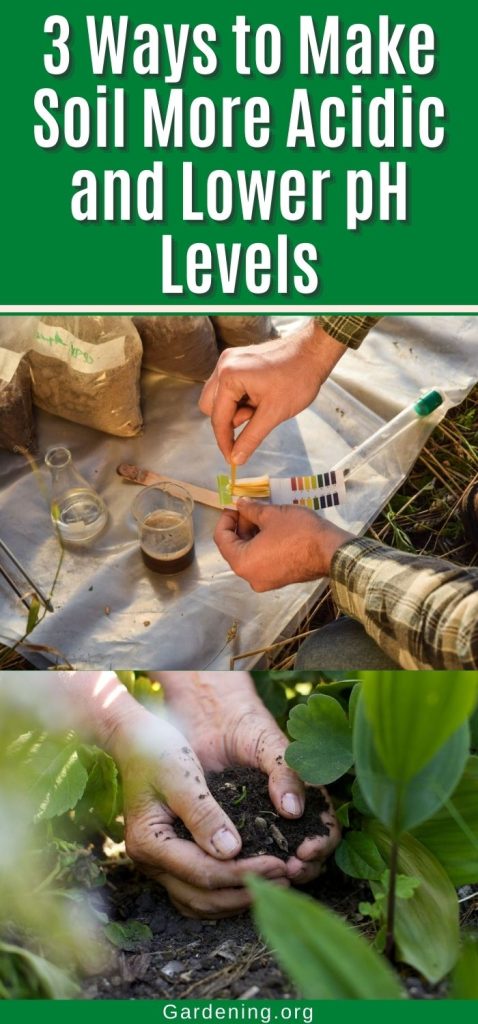
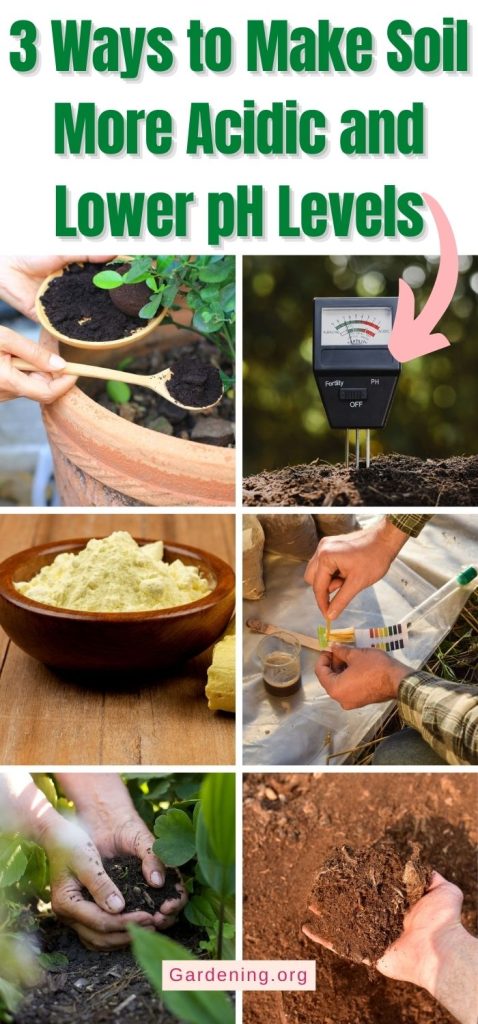





Leave a Reply